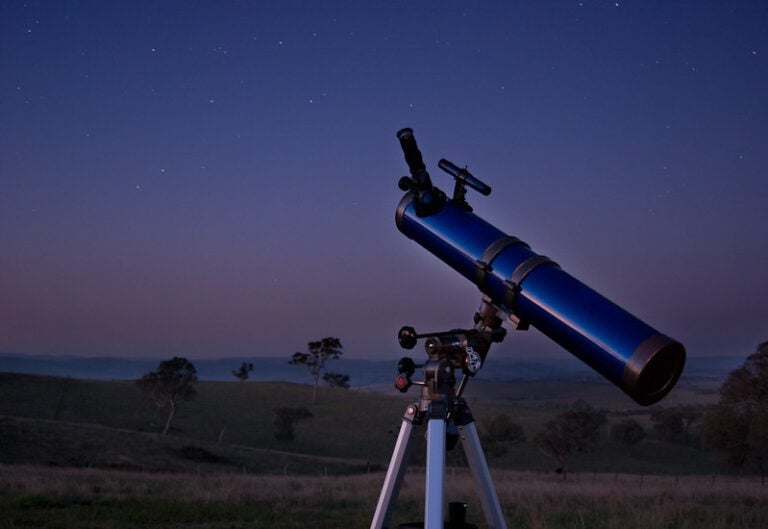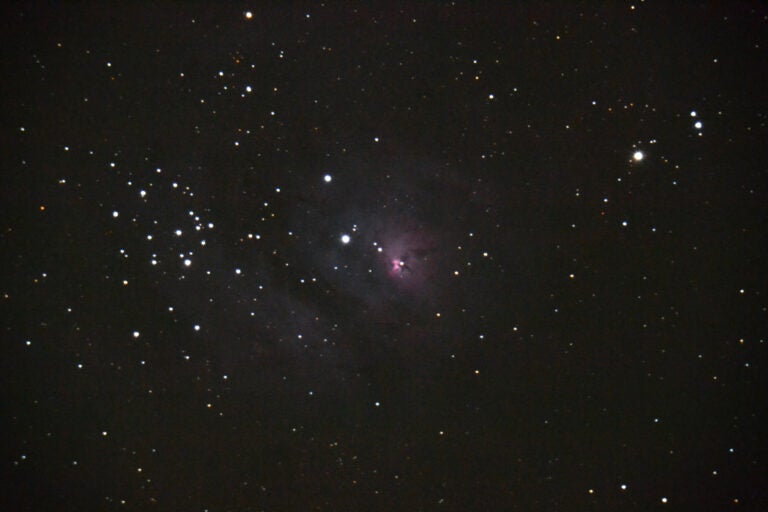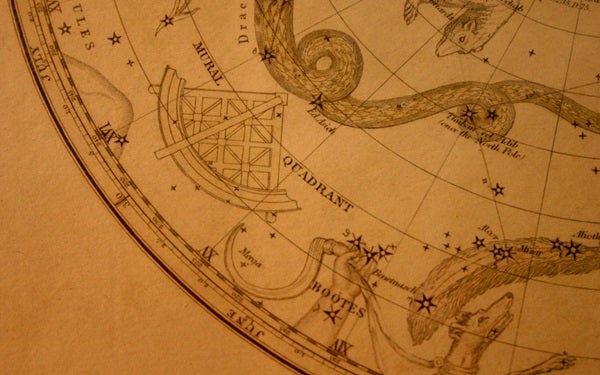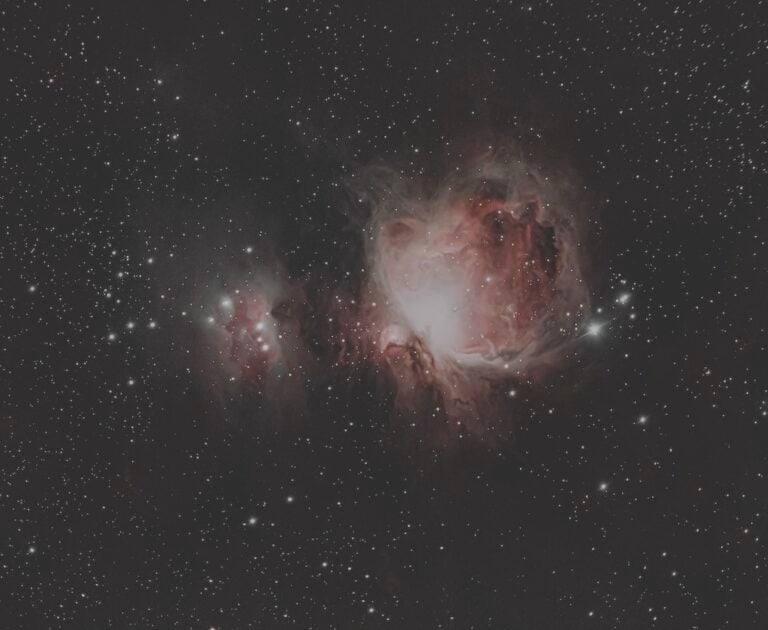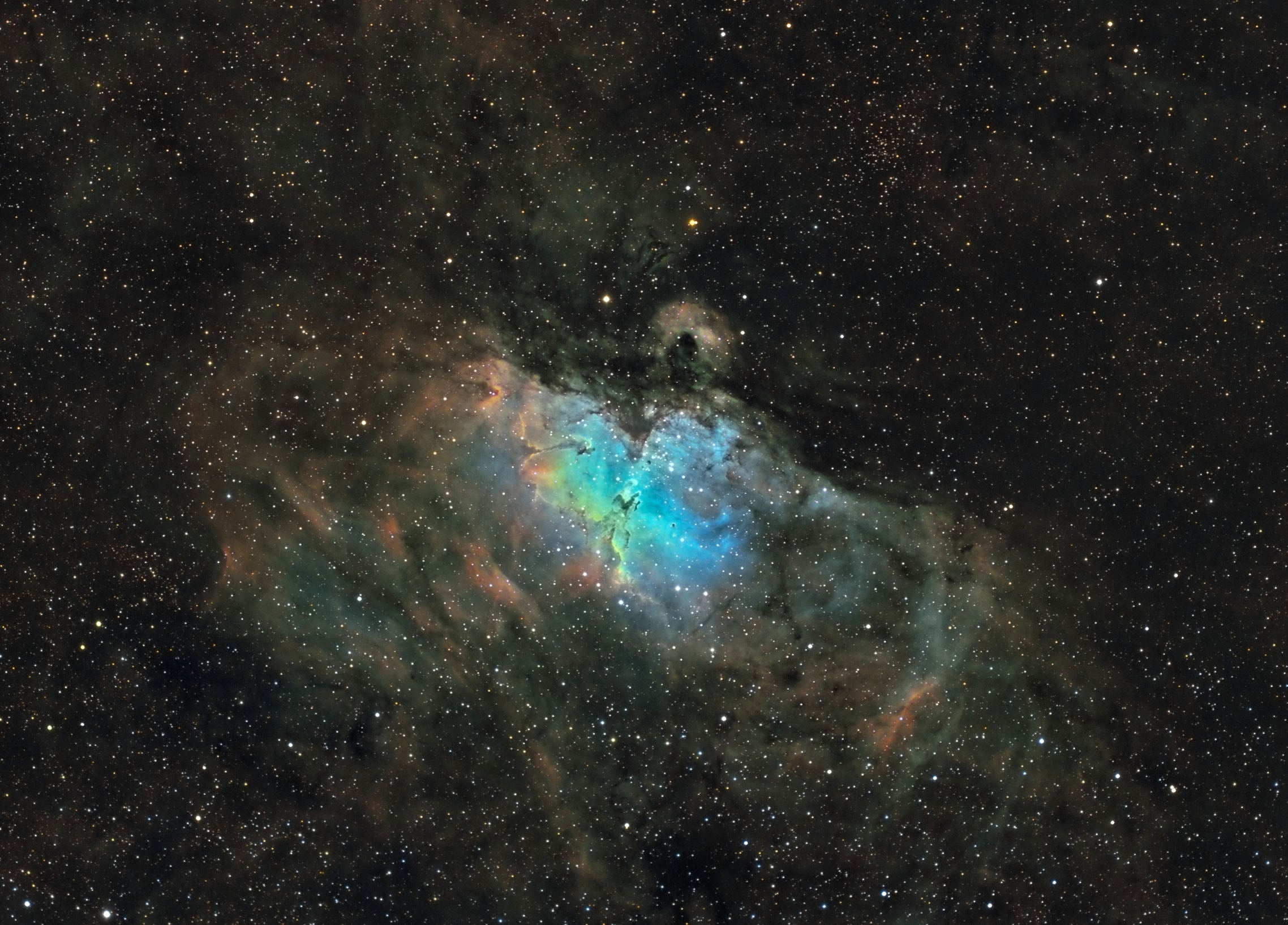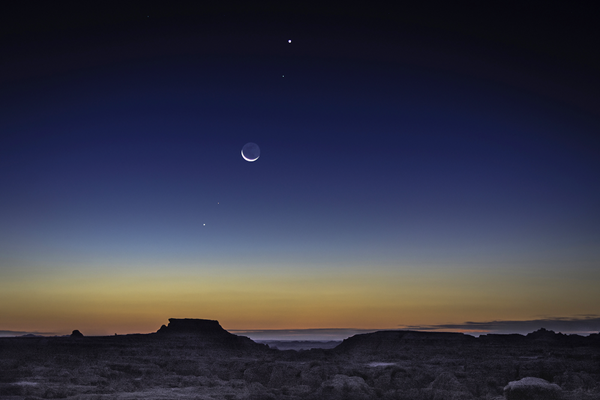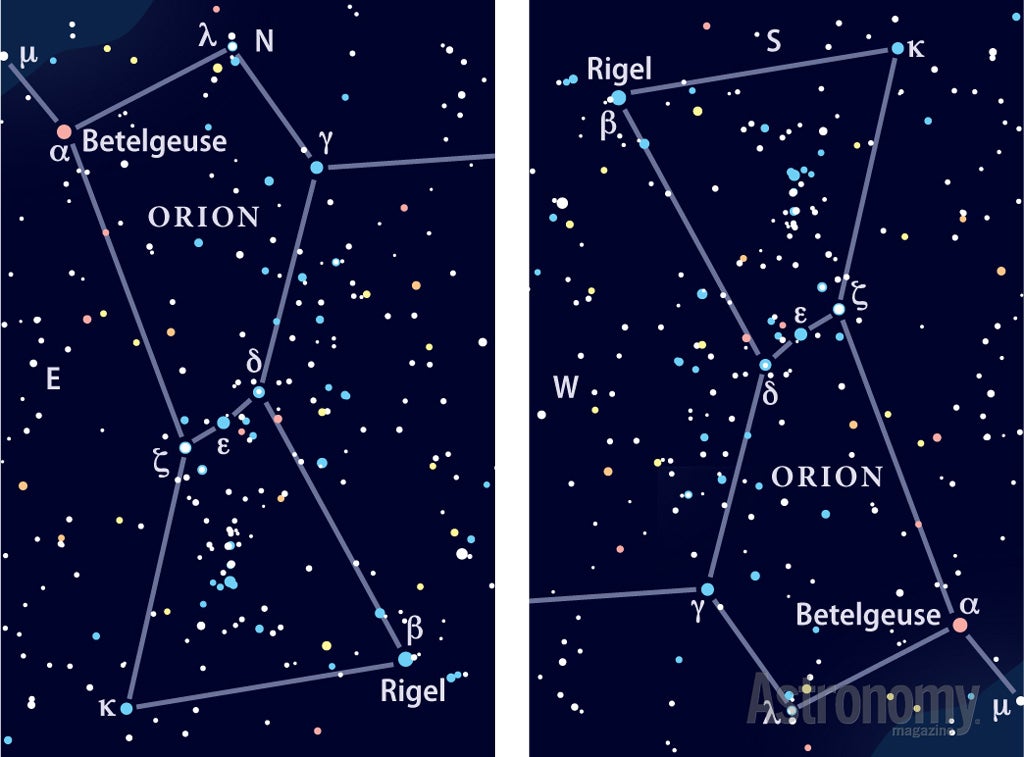
Q: Why do the constellations and the Moon appear upside down from the Southern Hemisphere?
Paul Kersey
Phillipsburg, New Jersey
A: From the Southern Hemisphere, any object or constellation that lies near the celestial equator (the imaginary line that divides the northern and southern halves of the sky) would appear both upside down and reversed left to right compared to a northern perspective.
Let’s use the constellation Orion as an example. Copper-hued Betelgeuse (Alpha [α] Orionis) lies at the northeastern corner of the Hunter’s torso, while blue-white Rigel (Beta [β] Orionis) marks his southwestern foot. From the Northern Hemisphere, observers have to look toward the south to see Orion, and therefore the southern part of the constellation appears closer to the horizon. And when you face south, east is to your left. So, observers see Betelgeuse at the upper left of Orion and Rigel at the lower right.
From the Southern Hemisphere, however, Orion appears in the north, so it’s the northern part of the constellation that lies closest to the horizon. And when you look north, east is to your right. So the Orion that skywatchers see from the Southern Hemisphere has Betelgeuse at the lower right and Rigel at the upper left. The same geometry holds true for the other constellations as well as for the Moon and planets.
Michael E. Bakich
Senior Editor

